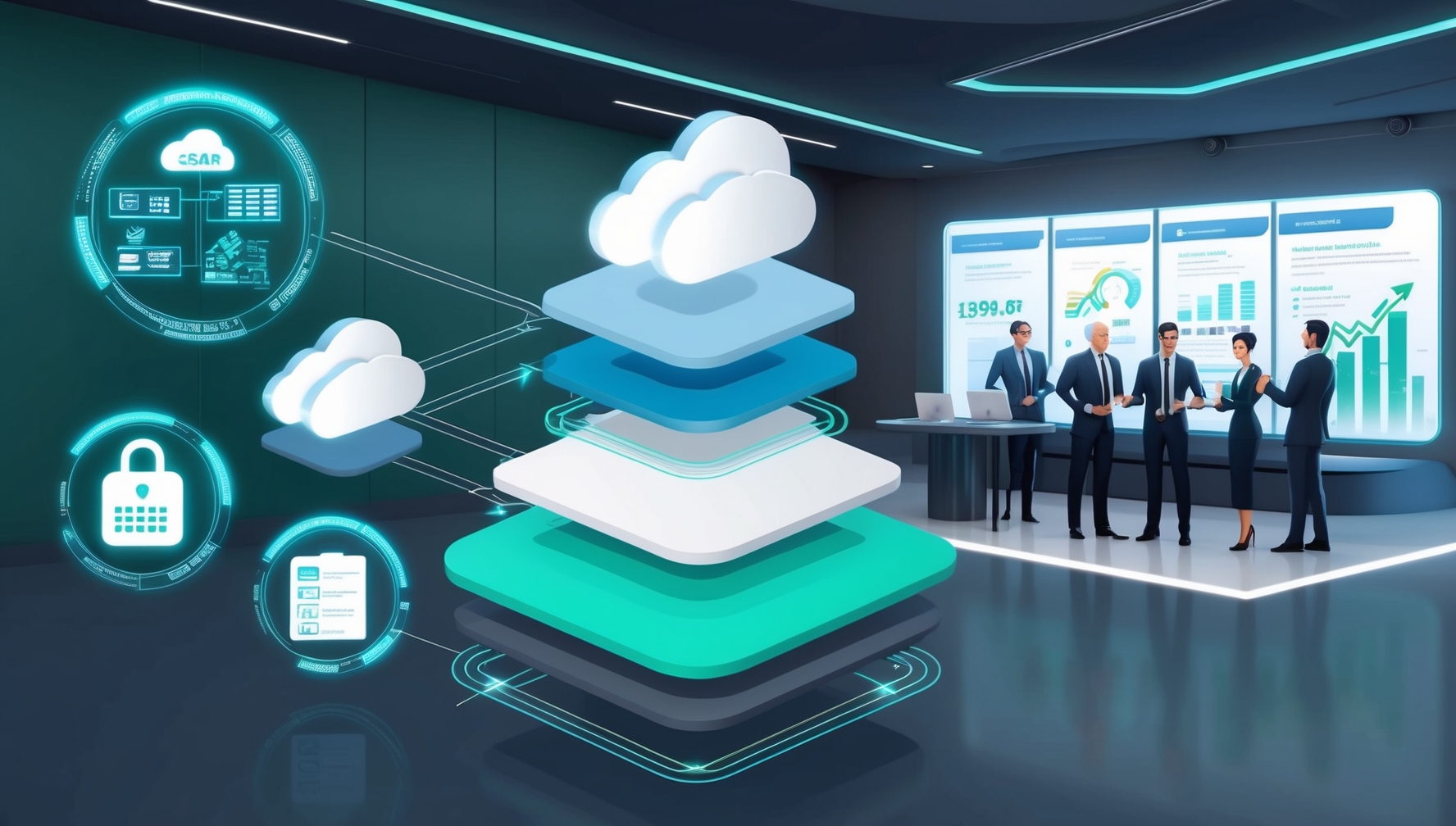Cloud computing is revolutionizing how organizations manage IT resources, offering a new model that promises scalability, cost-efficiency, and improved access to technology. This Cloud Computing Overview presents a comprehensive guide to understanding the fundamental concepts of cloud technology, from key service models like Software as a Service (SaaS) to deployment strategies such as public, private, and hybrid clouds. It’s designed to help IT leaders make informed decisions and harness the benefits of the cloud while navigating its challenges.
Today’s organizations operate in a fast-paced environment where IT infrastructure must adapt quickly to changing demands. Traditional IT models, which require substantial hardware, software, and maintenance investment, often fall short. Cloud computing provides a solution by enabling businesses to scale resources dynamically, optimize expenses, and improve service delivery. However, this shift to a shared, on-demand infrastructure has unique considerations, especially for the healthcare, finance, and government sectors.
Despite its advantages, cloud adoption is fraught with complexities. Security and data privacy remain top concerns, as sensitive information stored offsite could be vulnerable to breaches. Vendor lock-in, where organizations become overly dependent on a single provider, is another challenge that can limit flexibility and increase long-term costs. Compliance with regulatory requirements adds another difficulty, particularly for industries with stringent standards. These concerns can make decision-makers hesitant, potentially delaying crucial IT modernization efforts.
Navigating these uncertainties requires a strategic approach. This Cloud Computing Overview outlines how organizations can select the right service and deployment models to meet their needs. It explains the importance of understanding the distinctions between SaaS, PaaS, and IaaS, and how each can be leveraged for specific business applications. The guide also provides best practices for mitigating security risks, such as data encryption, identity management, and continuous monitoring. Additionally, it offers guidance on avoiding vendor lock-in by exploring multi-cloud solutions and establishing clear exit strategies.
Adopting cloud technology is a transformative step that can empower organizations to become more agile and efficient. By following the insights in this overview, IT leaders can maximize the advantages of cloud computing while proactively addressing its risks. The document equips decision-makers with the knowledge to optimize infrastructure, ensure compliance, and leverage the cloud for long-term success.
Main Contents:
- Explanation of cloud computing fundamentals, including definitions and how it differs from traditional IT models.
- Overview of the primary service models: Software as a Service (SaaS), Platform as a Service (PaaS), and Infrastructure as a Service (IaaS).
- Description of deployment strategies, such as public, private, community, and hybrid clouds, and their use cases.
- Discussion of the benefits of cloud technology, focusing on scalability, cost-efficiency, and improved resource management.
- Analysis of the key risks associated with cloud adoption, such as data security concerns, vendor lock-in, compliance challenges, and best risk mitigation practices.
Key Takeaways:
- Cloud computing offers scalable, on-demand resources that significantly reduce infrastructure costs and improve operational flexibility.
- Choosing the right service model (SaaS, PaaS, or IaaS) is essential to address specific organizational needs and optimize IT functions.
- Understanding deployment models (public, private, community, hybrid) helps organizations select the most suitable cloud infrastructure for their security and business requirements.
- Effective strategies like data encryption and multi-cloud solutions can mitigate risks like security breaches and vendor dependency.
- Cloud adoption requires careful planning and governance to ensure compliance, data protection, and long-term operational success.
The Cloud Computing Overview is a critical resource for CIOs and IT leaders looking to modernize their infrastructure and overcome common challenges associated with traditional IT systems. By outlining cloud technology's core principles, benefits, and risks, this document provides actionable insights to drive strategic decision-making and optimize organizational performance.
- Evaluate Service Models: Use the Cloud Computing Overview to understand the differences between SaaS, PaaS, and IaaS. This will allow you to select the right model to meet your business needs and improve efficiency.
- Plan Deployment Strategies: The guide explains various deployment models (public, private, hybrid, community) and how to choose the best fit based on security, scalability, and cost considerations.
- Enhance Data Security: Learn about best practices for protecting data in the cloud, such as encryption and identity management, to address data breaches and compliance concerns.
- Mitigate Vendor Lock-In: The document provides strategies to avoid overly dependent on a single cloud provider, including multi-cloud approaches and planning for smooth service transitions.
- Optimize IT Costs: By shifting from capital expenditures to operational expenses, CIOs can leverage insights from the guide to implement cost-effective cloud solutions that scale with organizational growth.
The Cloud Computing Overview equips CIOs and IT leaders with the knowledge to navigate the complexities of cloud adoption. By applying the strategies discussed, organizations can enhance agility, improve data security, and achieve significant cost savings while ensuring compliance with industry standards.


